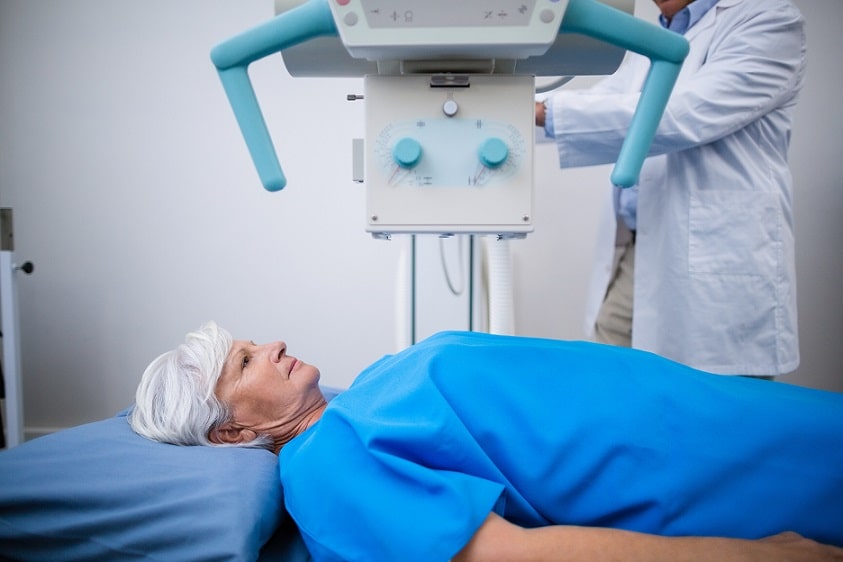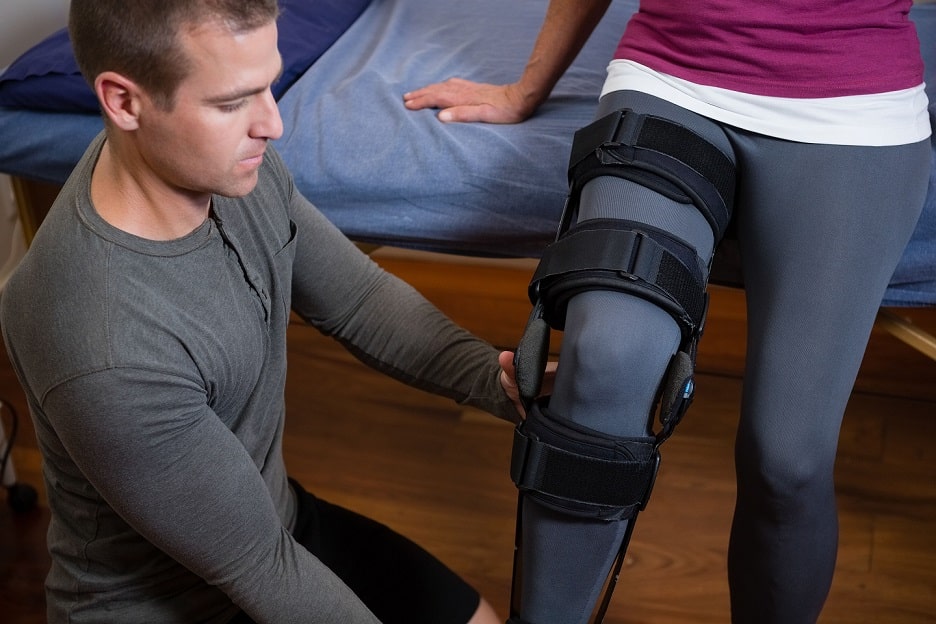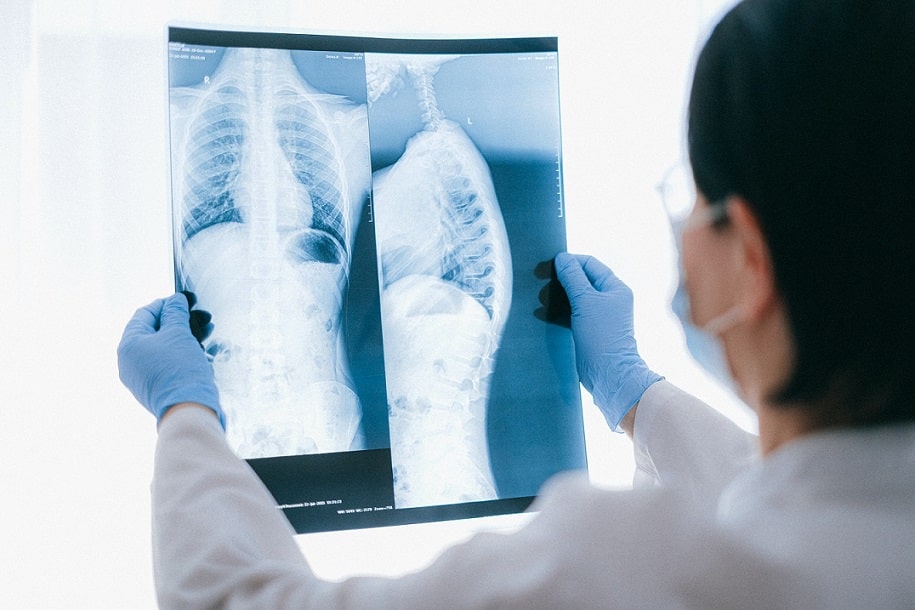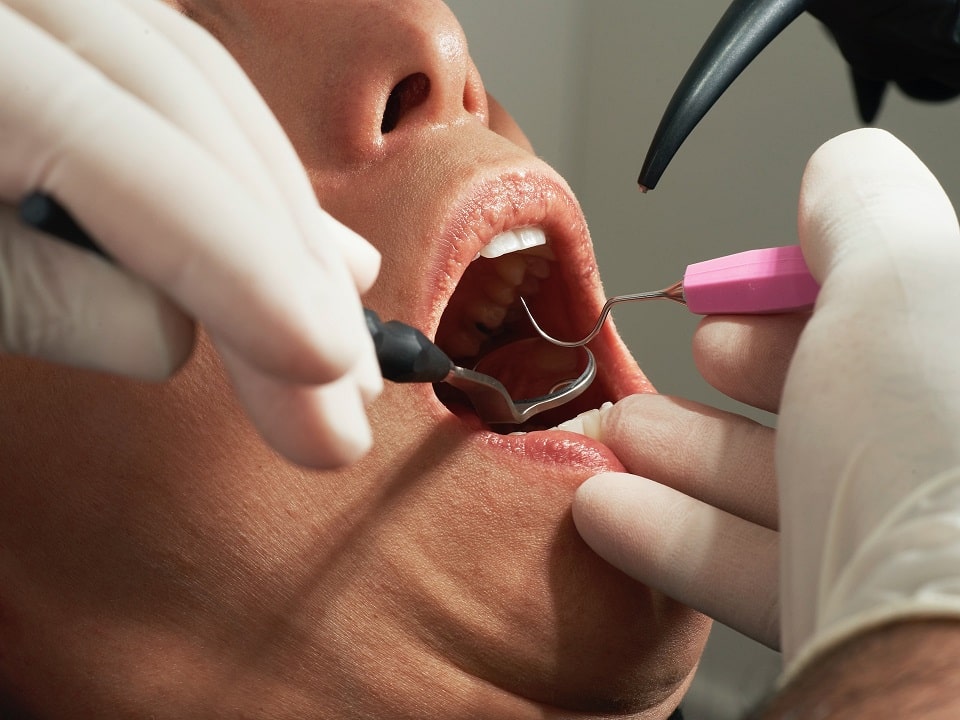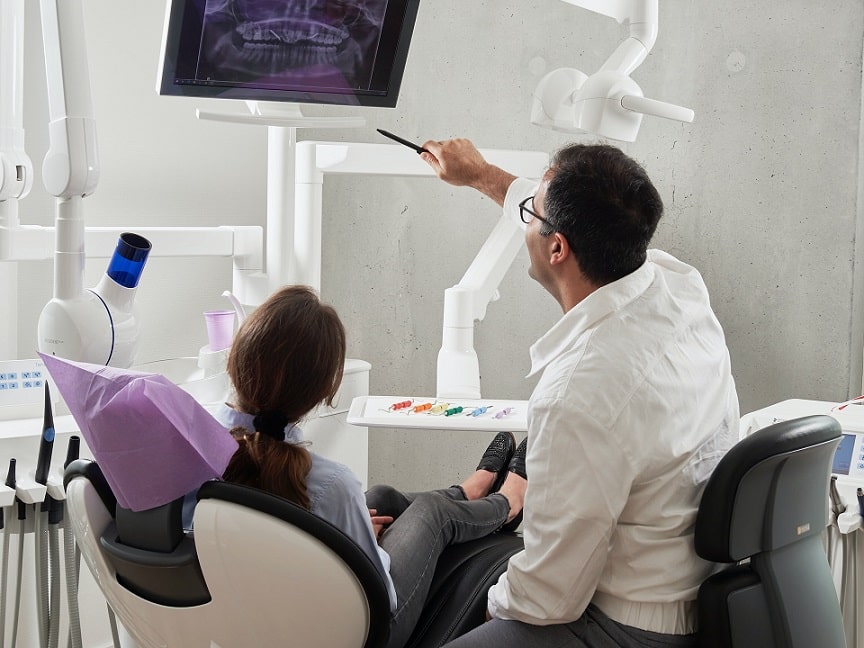 A mother from Luton may have killed her 13-week-old son as a result of shaking him violently.
A mother from Luton may have killed her 13-week-old son as a result of shaking him violently.
According to the BBC, the jury at Luton Crown Court heard that young Mohammed Zaid, who died in hospital on 1st November 2007, was found following a post mortem to have suffered bleeding in his brain, spinal cord and both eyes. The Prosecutor told the court that such evidence suggested a ‘violent death’ rather than illness.
The baby was initially believed to have died as a result of a heart failure brought on by breathing difficulties, but the conclusions of a pathologist intimated that the baby had suffered a head injury as a result of shaking or shaking combined with an impact.
His mother, Mrs Mosheen Arshad, denies murder.
Shaken baby syndrome (or SBS) is a potentially lethal form of child abuse. The damage caused by forcefully shaking can lead to damage within a child’s skull.
When children are infants their head makes up 25% of their body weight and the rest of their body and muscles will not have developed to a level whereby they can support the weight of the baby’s head. The force of shaking a baby can therefore cause the baby’s head to snap backwards and forwards, tearing, the still developing blood vessels and causing pressure to build inside the brain.
Consequences which may occur as a result of the action include seizures, physical and learning disabilities and death.
It is usually the result of a parent trying to hush a baby after becoming frustrated with their constant crying. Therefore it is important to try and manage stress and frustration to avoid causing injury to a child. Try and share the responsibility of looking after the child, asking a friend or relative to help from time to time.

 A mother from Luton may have killed her 13-week-old son as a result of shaking him violently.
A mother from Luton may have killed her 13-week-old son as a result of shaking him violently.


